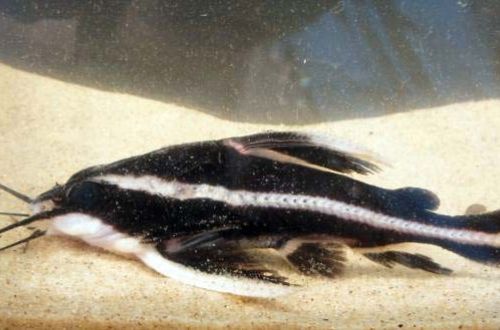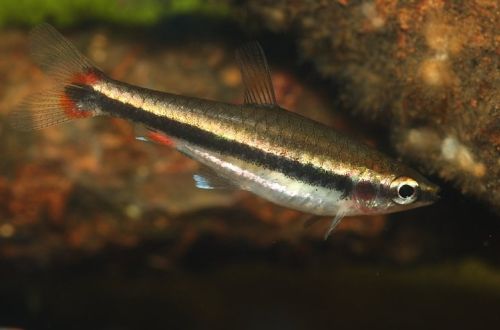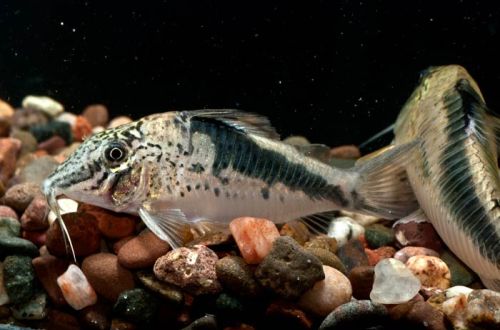
long-nosed char
The long-nosed charr, scientific name Acantopsis octoactinotos, belongs to the Cobitidae (Loach) family. The fish is native to Southeast Asia from the river systems of Western Indonesia and Sulawesi.
Contents
long-nosed char
 The long-nosed charr, scientific name Acantopsis octoactinotos, belongs to the family Cobitidae (Loaches)
The long-nosed charr, scientific name Acantopsis octoactinotos, belongs to the family Cobitidae (Loaches)

Description
It is a close relative of the Horsehead Loach and Acanthocobitis molobryon, which can be clearly seen in the appearance of the fish. Adult individuals reach a length of about 10 cm, have an elongated body with a large elongated head with high-set eyes. The fins are short. The coloration is gray with a silvery belly, a row of black dots runs along the lateral line, and a pattern of dark specks is visible on the back.
Sexual dimorphism is weakly expressed. By external signs, it is difficult to distinguish a male from a female. Although it is believed that males look somewhat smaller and slimmer.
Behavior and Compatibility
Peaceful, calm and even shy look. When it feels threatened, seek cover, often burrowing into sandy soil. It is most active in the evening hours.
Long-nosed char in hiding
 The long-nosed char hides in the sandy soil, burrowing into it with its whole body.
The long-nosed char hides in the sandy soil, burrowing into it with its whole body.
Gets along with relatives. Compatible with many other non-aggressive species of comparable size. As neighbors, it is recommended to purchase fish that live in the water column or near the surface.
Brief information:
- The volume of the aquarium – from 100 liters.
- Temperature – 23-28°C
- Value pH — 6.0–7.5
- Water hardness – soft or medium hard (5-12 dGH)
- Substrate type – sandy
- Lighting – subdued
- Brackish water – no
- Water movement is weak
- The size of the fish is about 10 cm.
- Food – any sinking food
- Temperament – peaceful
- Keeping in a group of 3-4 individuals
Maintenance and care, arrangement of the aquarium
The optimal size of the aquarium for a group of 3-4 fish starts from 100-120 liters. The design is arbitrary, provided that a soft substrate is used, which is placed on at least one of the bottom sections. Rooting plants can be uprooted by the Longnose Charr while it is digging in the ground. For this reason, plants are placed in pots, which are then immersed in the substrate, or species that can establish themselves on a hard surface are used, for example, anubias, bucephalandra, various aquatic mosses and ferns.
It will be a good choice for a tropical aquarium. It is considered an easy-to-keep hardy fish that prefers slightly acidic soft water.
Food
Omnivorous, the basis of the daily diet will be the popular dry sinking food (flakes, granules).





